Highlights: new releases of GIMP, Krita, Penpot, ArmorPaint, Audacity, PipeWire, Apple joins Blender Dev Fund, Stargate DAW joins Linux audio family, Ardour gets clip launching as part of future live looping feature set.
GIMP 2.99.8
Much of the release notes for the newly arrived GIMP 2.99.8 covers continuous integration changes. While it might be a boring topic for you, especially if you are in the “DO WANT FEATURES” camp, this is actually great. Here is why.
If someone fixed a bug that annoyed you or implemented a new feature that you really wanted, you can now test this on your operating system of choice and provide feedback to both the contributor and GIMP developers before they cut a release or sometimes even before they merge a fix or a feature into main development branch.
It’s a kind of a big deal when you think how much folklore is rooted in a belief that GIMP developers don’t listen to users.
Speaking of which, you can now use clone tools on multiple layers. The feature was requested and sponsored by Gleb Alexandrov of Creative Shrimp. His use case is working on multiple maps of the same material in a photoscanning workflow.
It's a question of whether the pbr tweaking workflow is available. Each material consists of 4-5 maps which are aligned. It's impossible to change the input 4-5 times each time you do a cloning operation (nearly impossible to sample the same areas on all the maps, I mean). pic.twitter.com/q9dbqKexII
— Gleb Alexandrov (@gleb_alexandrov) August 14, 2021
The only other new feature I personally care about is support for larger-than-4GiB PSD files and the loading of PSB files. Now that GIMP 2.99 is generally more responsive than 2.10 when dealing with large multilayer images (this change arrived in an earlier release), this makes a lot of sense.
Oh, and as for JPEG-XL support, I’m sort of on the fence about that. There’s probably one new JPEG/PNG killer too many these days. But it’s useful to support these file formats whichever one wins the battle to be the next big thing.
Krita 5.0 beta2
The second beta of much anticipated Krita v5 release arrived recently with a ton of fixes and reworked hardware-accelerated canvas (big props to Dmitry and Agata and everyone else). There’s a full list of changes in release notes.
I’ve yet to get a better picture of what’s coming in the final release, I’ve mostly seen bits and pieces so far. All I can say right now is I have a huge respect for the team. They are dealing with rapid acceleration of brand awareness which brings a ton of new users but also a ton of attention. These things tend to wear developers out. Yet they seem to be handling the load against all odds.
Penpot 1.9
The new version of this UX/UI design application has several new prototyping features like advanced prototyping and multiple flows. My favorite improvement, though, is live booleans operations (although I’ve already managed to break it). What I mean by “live” is that after applying Union or Difference or what have you, you can still edit original shapes.
Synfig 1.5.1
This is a new development release full of awesome:
- Rewritten text Layer with full support for RTL scripts (Arabic etc.)
- Fixes for the Skeleton tool.
- More improvements and fixes across the UI.
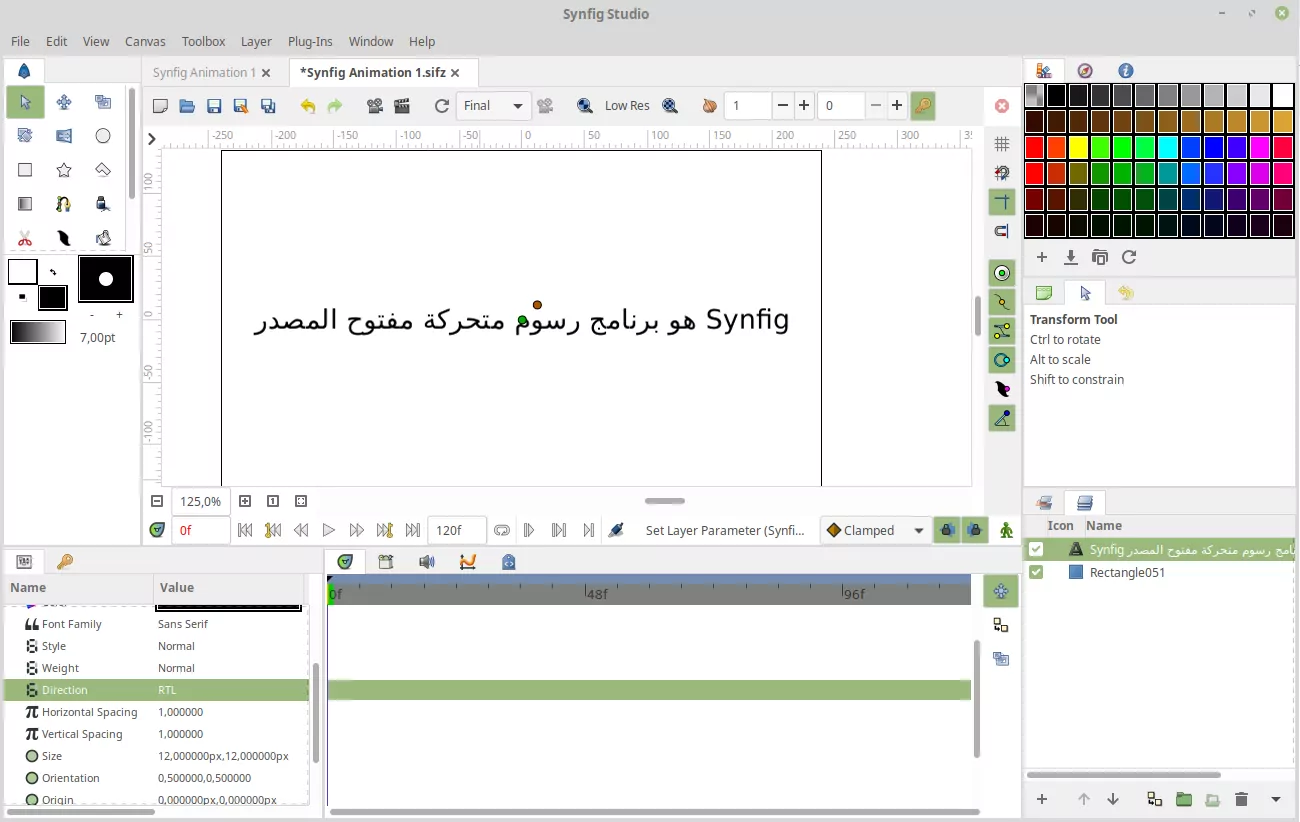
Blender and Apple, v3.x roadmap
The really big news with Blender is Apple joining developers fund and contributing Metal back-end for Cycles. There’s the usual mix of suspicions and praises in the community, with a very clear shift towards the latter, at long last. It looks like the majority of the user base (at least the ones you meet online) are beginning to realize that yet another corporate sponsor doesn’t have the power over the project to somehow make things worse for everyone.
The other news is newly published roadmap for Blender 3.x. Ton outlined what you should be expecting from v3.0.
Ian Hubert released a free (public domain) add-on called Shakify to make believable virtual camera shaking. Well… First, we got believable lens distortions and chromatic aberrations. No we have camera shaking. I’d say any time now someone will come up with a rigging add-on to make a virtual actor behave like an unprofessional drunk a-hole on scene :)
Free "real life" Blender Camera Shake Addon: Shakify! It's been *so* fun getting to work with Nathan Vegdahl and his many talents the past few months- and huge thanks to folks on the patreon making this stuff possible. I hope it's useful for someone!https://t.co/DQkrYvFmz9 pic.twitter.com/cRgN5VJTbe
— Ian Hubert (@Mrdodobird) October 13, 2021
ArmorPaint 0.8
Lubos put an unbelievable amount of work into this release. I mean, this is one of those cases where it’s difficult to compress the list of new features and improvements into an itemized list that is not three pages long. Which is exactly what the changelog looks like originally.
Put another way, you get iOS and Android versions (and if you buy one of those, you get the desktop version for free), there’s an online textures library, infinite per-layer masks, groups for layers and nodes, more shortcuts, materials-to-textures baking, new importing and exporting options and so much more. The source code is available on GitHub as usual (zlib/png license), and building it takes ca. 5 minutes here.
Blender VSE
The video sequencer is getting more than the usual amount of attention lately. Here are the recent changes:
- 2D cursor is now an overlay, it’s also hidden by default
- Ca. 3 times faster thumbnail loading speed by splitting the thumbnail job on two passes, first for visible images, then for everything else. Also, don’t draw thumbnails while rendering, otherwise thumbnail job would constantly restart.
- Smaller memory footprint when using thumbnails
- Color tags can now be attached to strips
Peter Fog published his Blender add-in for multicam editing on GitHub.
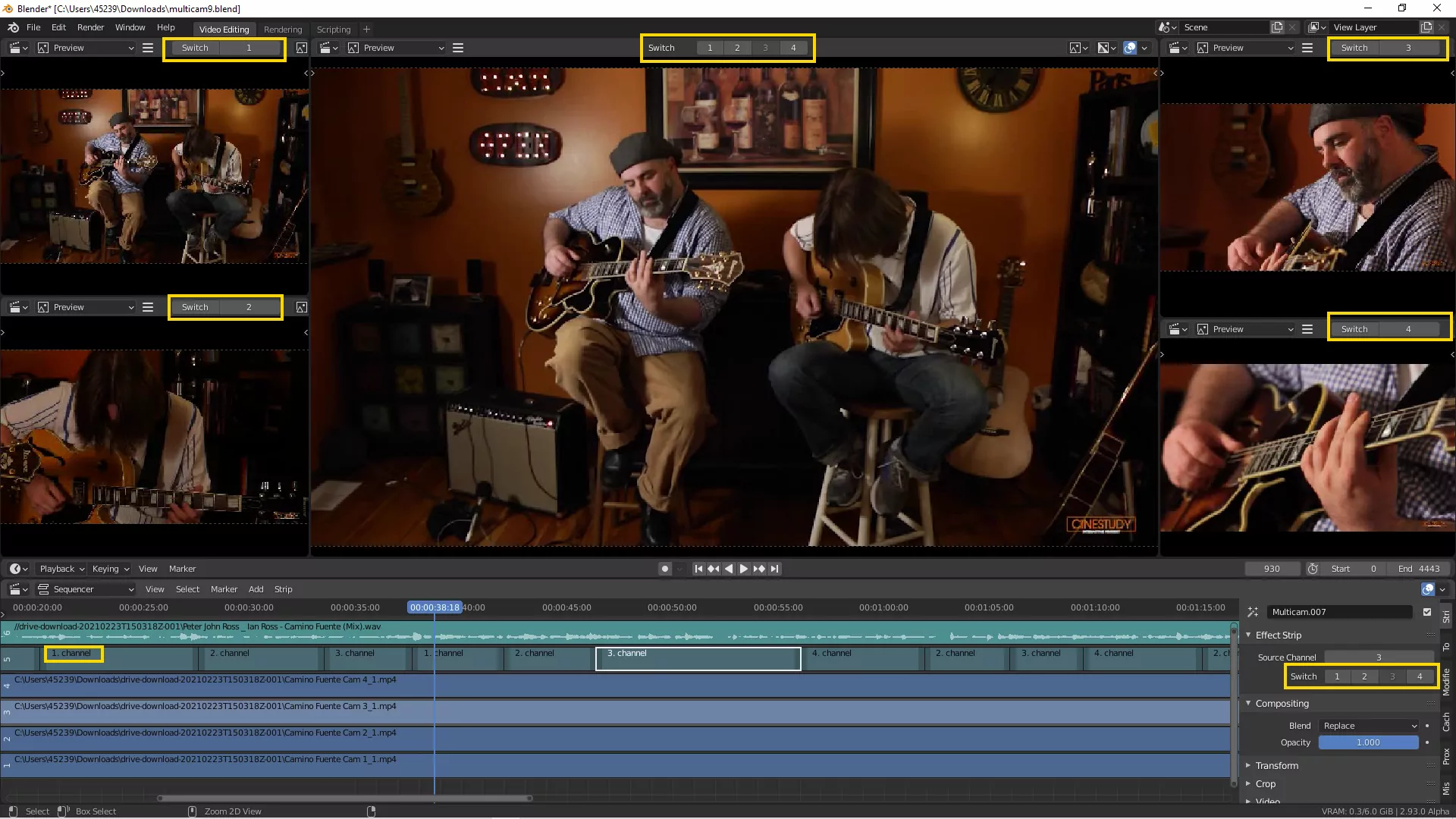
Audacity 3.1.0
This is the first release where you can actually see where development of Audacity under Muse Group is heading to. Highlights:
- Clips now have handle bars so that you could easily move clips around
- You can now trim clips non-destructively, by dragging left/right sides
- Looping has been reworked, Audacity now has editable looping region controls on the timeline ruler
Most major changes are very well covered in the official release video:
MuseScore 4 update
I totally missed the second update on MuseScore 4 progress from a month ago. In a nutshell:
- They have implemented basic VSTi & VST support, the new UI is mostly done.
- They have completely overhauled how the inspector works and how part scores can be generated and modified.
- MusicXML import is vastly improved, dozens of engraving improvements are coming too.
- The piano roll & automation is delayed. There’s a very active contributor working on that though.
- The currently available SFZ sampler called Zerberus will be replaced with a new custom sampler.
- There will be a couple of alpha releases, followed by a beta with a long testing cycle, then a few release candidates, and then the final release.
PipeWire news
You probably already saw a few videos on YT where people are positively freaking out because of how well PipeWire actually works this (relatively) early in development. Well, a new version of PipeWire is out. Here’s what’s changed:
- There is now an LD_PRELOAD v4l2 emulation library to run some existing v4l2 applications on top of PipeWire.
- Various libcamera plugin improvements.
- Filter-chains should now flush out remaining samples when paused. There is now also the option to let a filter-chain drain so that long filters such as reverbs can fade out properly.
- Stability and compatibility improvements in JACK apps.
- Better Bluetooth compatibility with more devices.
In other news, WirePlumber is going to be the new session manager for PipeWire in Fedora Linux 35, and JDSP4Linux, an audio effect processor for PipeWire and PulseAudio clients, got another release recently with all sorts of improvements.
My first attempt at switching to PipeWire a few months back was a failure, but I’m really excited to try again soon.
Clip launching in Ardour 7
Paul Davis released an early preview of a clip launching feature. It’s an 8×8 grid by default, which is what most grid control surfaces have, but it’s will be expandable for all you monome users.
So that’s the ultimate answer to the question, whether Ardour 7 will be out with just internal changes to handling MIDI timing: nope, there will be more.
Stargate DAW
Personally, I find it difficult to wrap my head around Stargate DAW that was recently highlighted by Phoronix. I’m sure there’s a lot of use for applications with UX/UI approach from (generally speaking) FL Studio, I’m just not one of those people. Do check it out though, maybe it’s right up your alley.
Rubberband 2.0.0
Chris Cannam cut a new major release of this audio time-stretching and pitch-shifting library. What’s changed:
- There is now a new custom resampler. It isn’t yet used by default, so there is still a dependency on libsamplerate. This might change as users give this new method more testing.
- Stretch calculation logic for real-time mode has been improved. It was designed to better avoid timing drift when the pitch ratio changes frequently.
- The example LADSPA pitch shift plugin has been updated accordingly: it now exposes a wet/dry mix control to test better timing management in real-time scenarios.
- You can now pre-program time-varying pitch shifts using a pitch/frequency map from within the command-line utility.
Paul Davis already claimed he’s planning to make use of the changes in the clip launcher in upcoming Ardour 7.
Tutorials
Time-lapse painting “One With Nature” with Krita, by Raghavendra Kamath:
There’s a new Blender modeling and texturing course (affiliate link, feel free to strip). Here is the full trailer:
Sports poster design with GIMP, by Zakey Design:
Autumn landscape speed illustration with Inkscape, by UkrArtDesign:
New Blender Institute short film
Sprite Fright is finally out, all project files are available on Blender Studio (formerly Blender Cloud) for subscribers.
Artworks
You can always rely on Sylvia Ritter using the best colors (Krita):
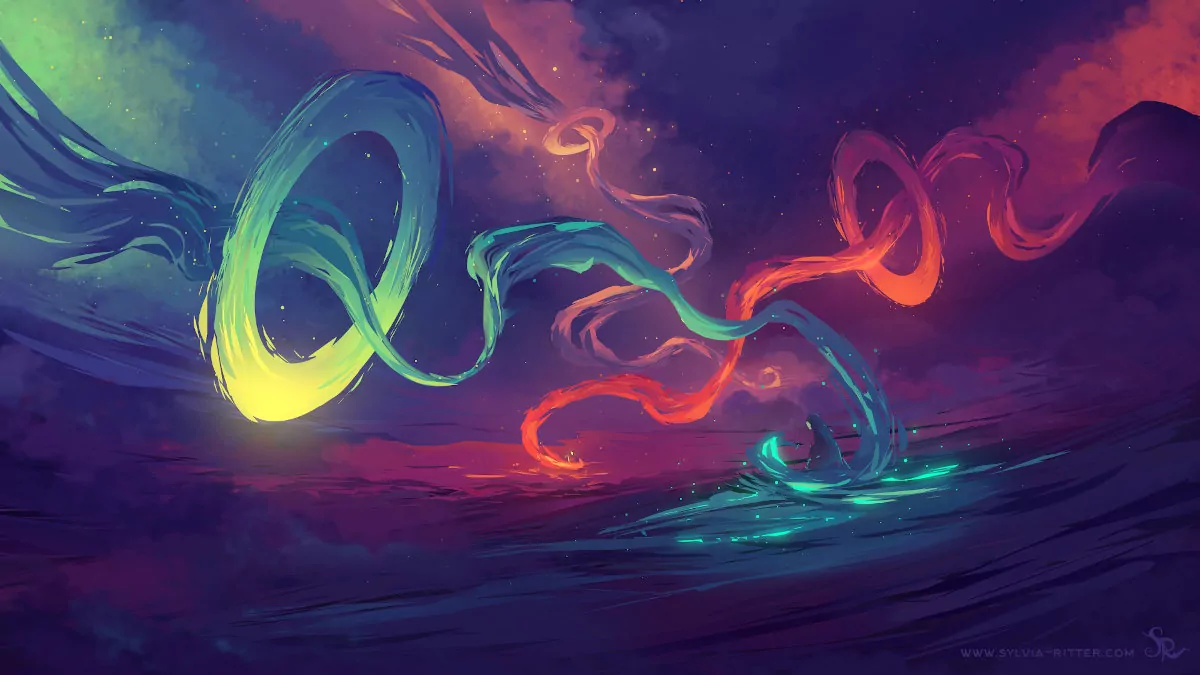
Black space for relaxation, by Omer Faruk Davarci, made with Blender and E-Cycles, two lights sources:
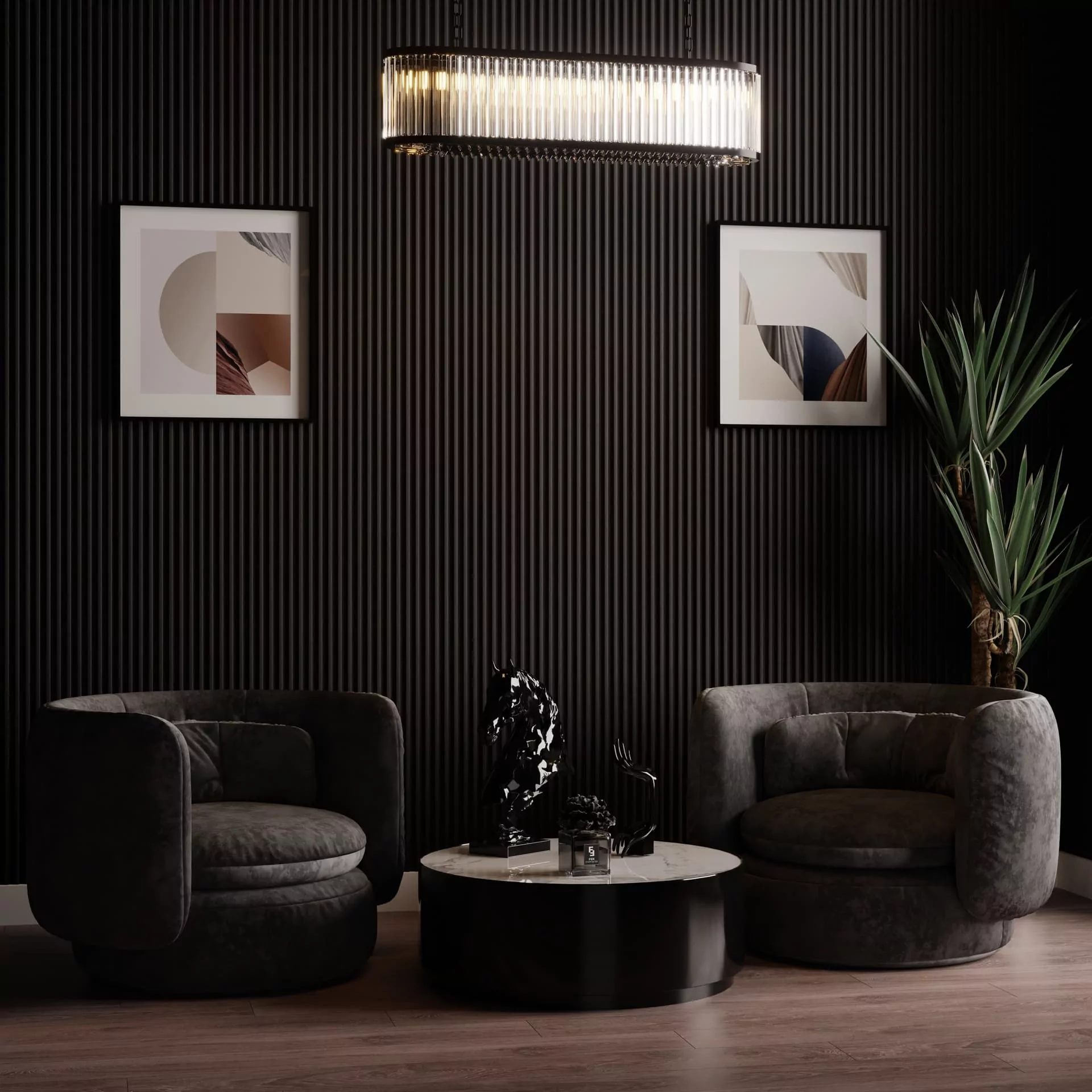
One of recent paintings by Retro Game Art, made with Krita:
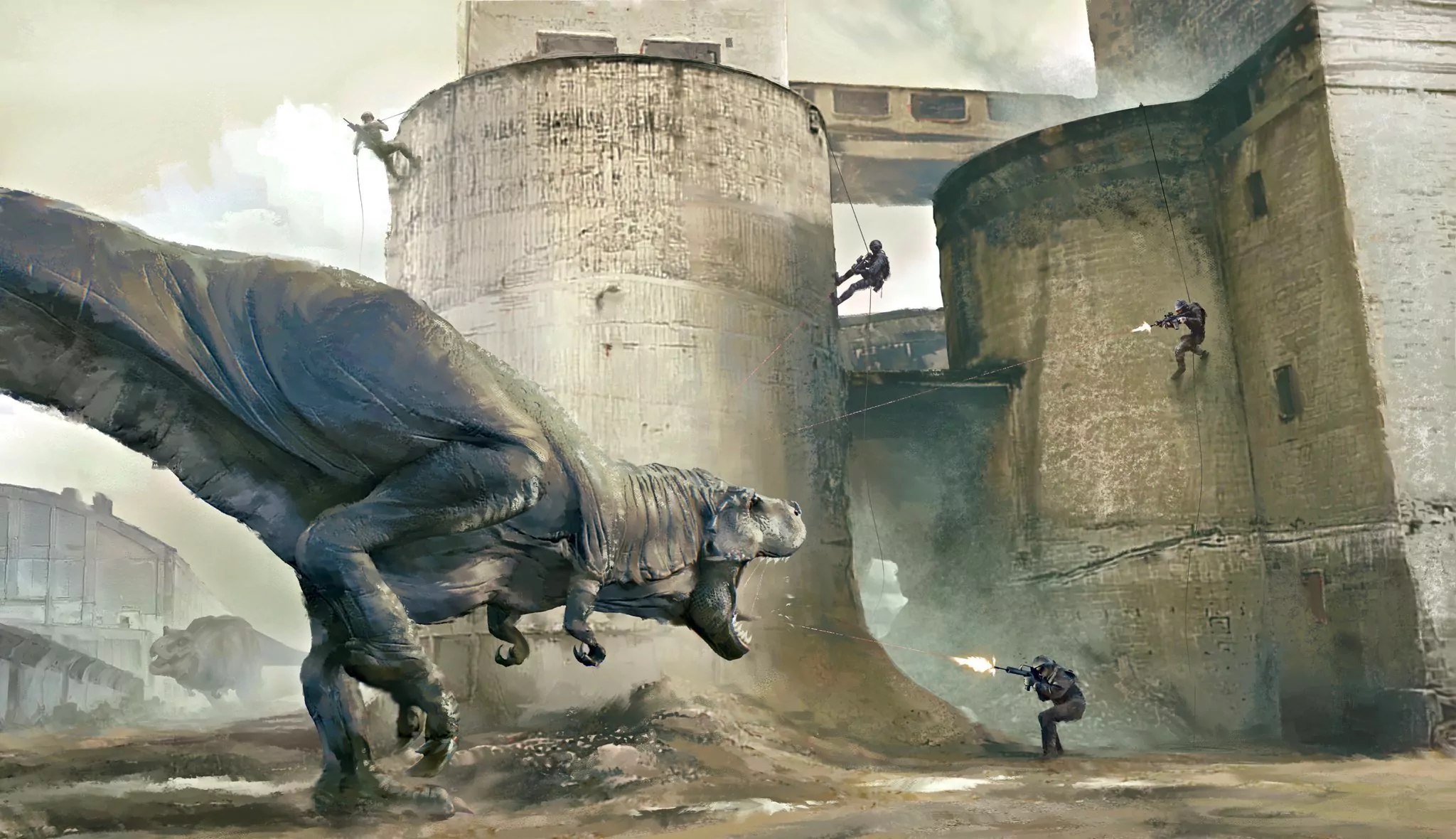
Here’s an illustration by Ariabba, made with Krita:
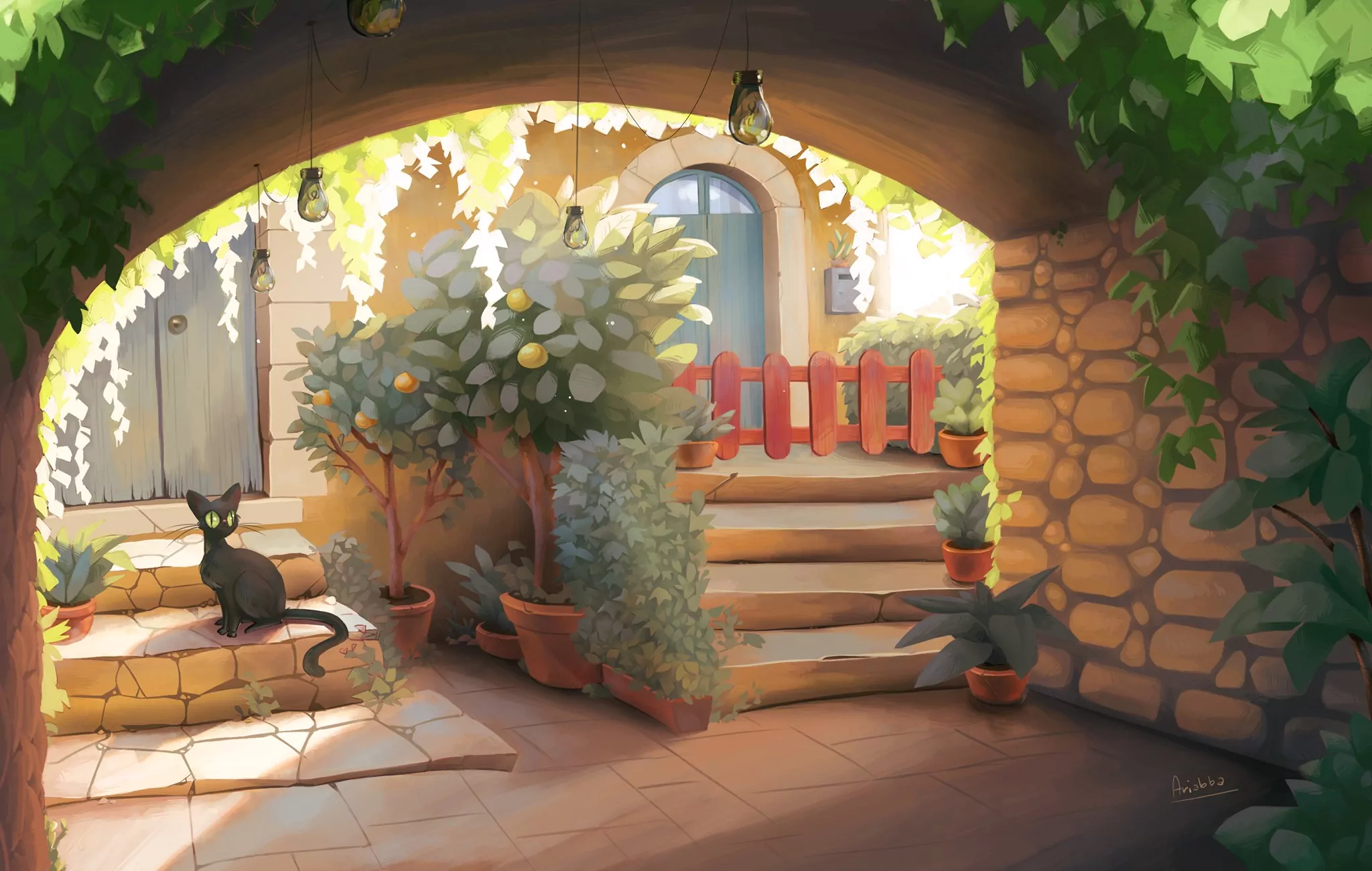
Very cool render by Muradrama, made with Blender:

Dying of light, by Protyanik Hazra, made with Blender:
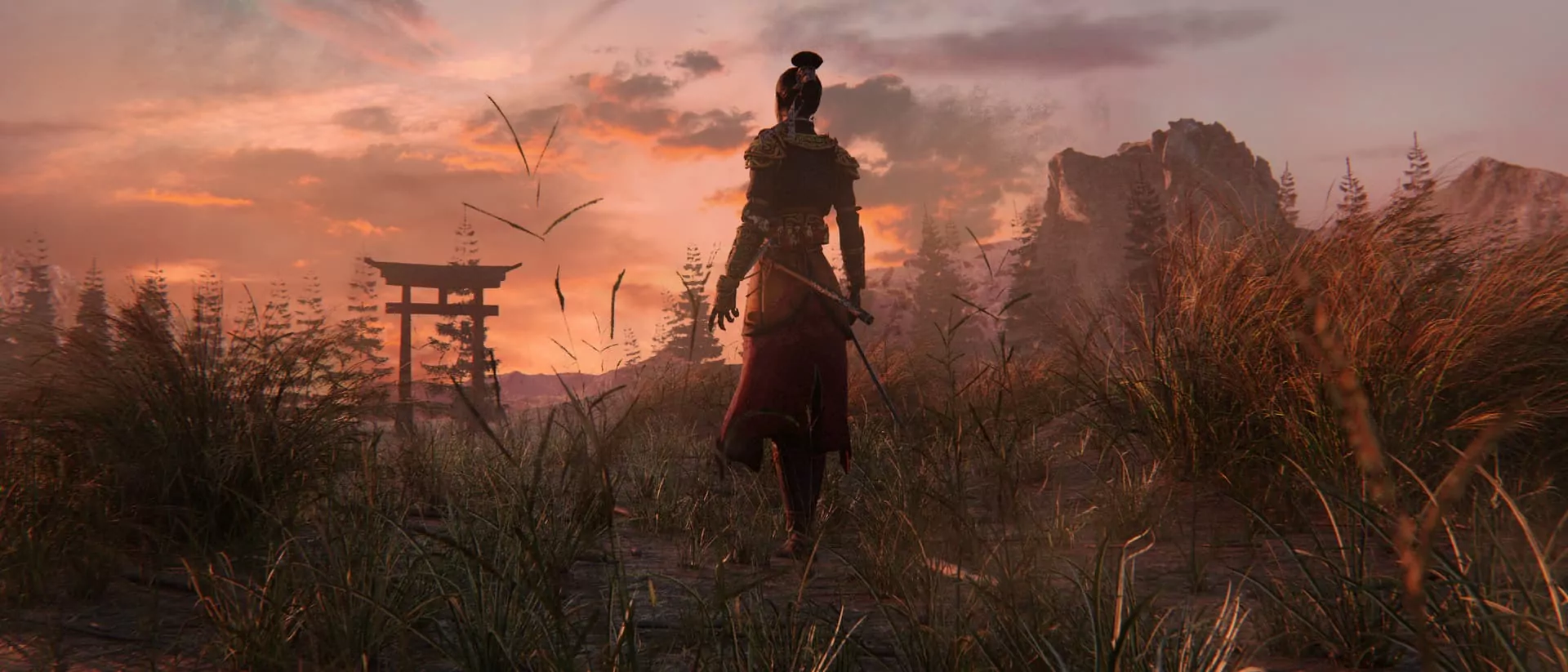
Rabbit and forest troll, by Tell, made with Blender:
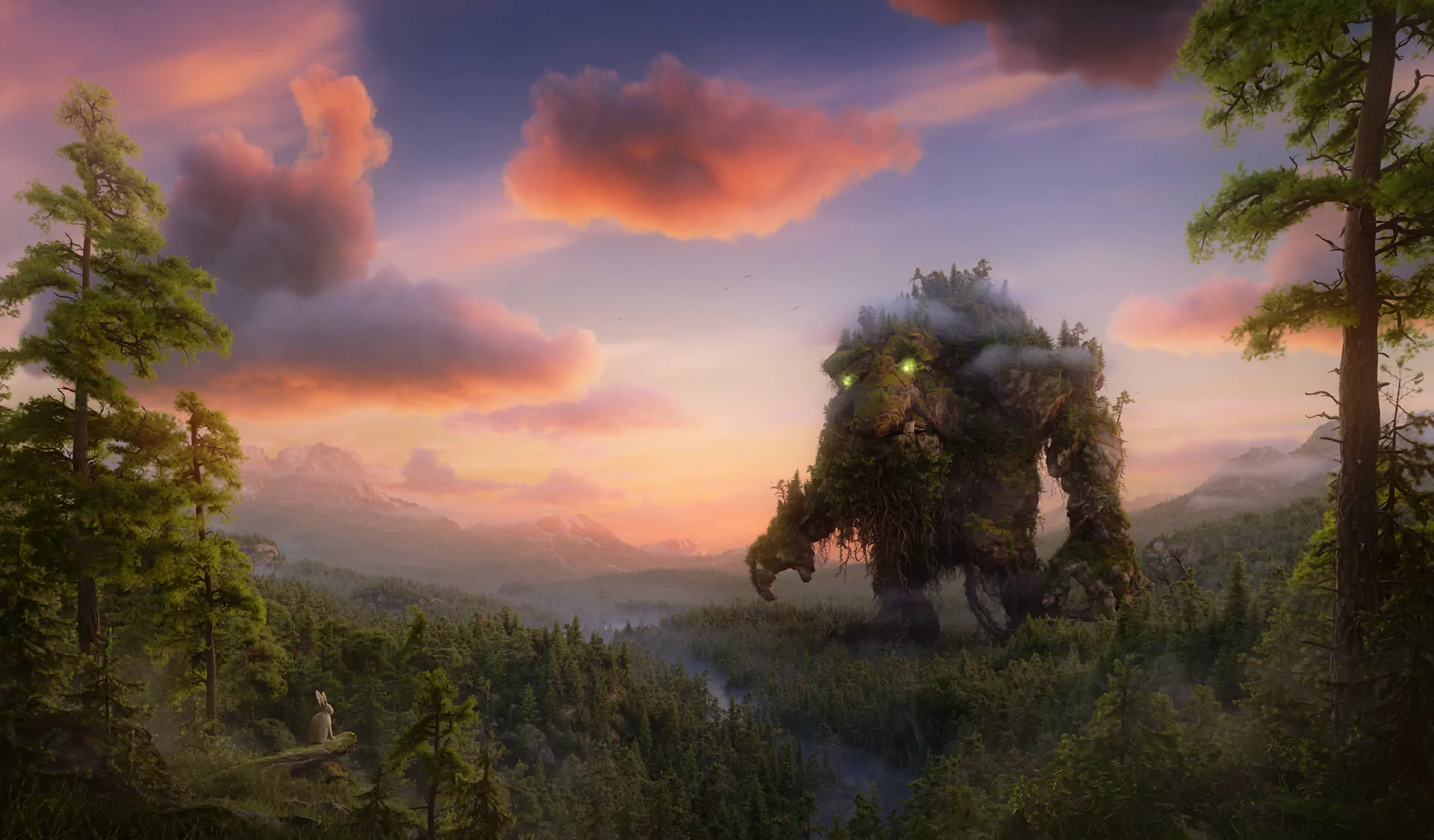
#geometrynodes quickly revisiting old scene. Gotta tweek it later. #b3d pic.twitter.com/f7ztCJI0rq
— Miettinen Jesse - Blenderesse (@JesseMiettinen) October 15, 2021
Sven posted another illustration made with Inkscape:
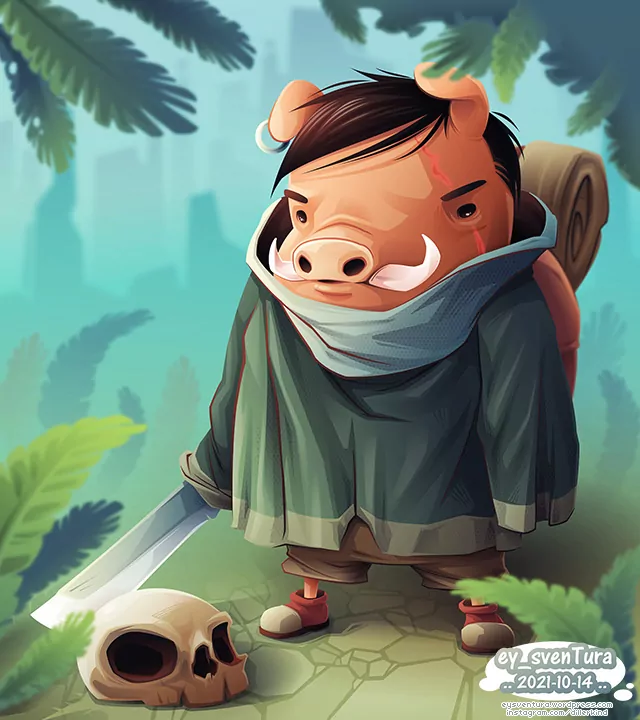
Patreon subscribers get early access to my posts. If you are feeling generous, you can also make a one-time donation on BuyMeACoffee.
